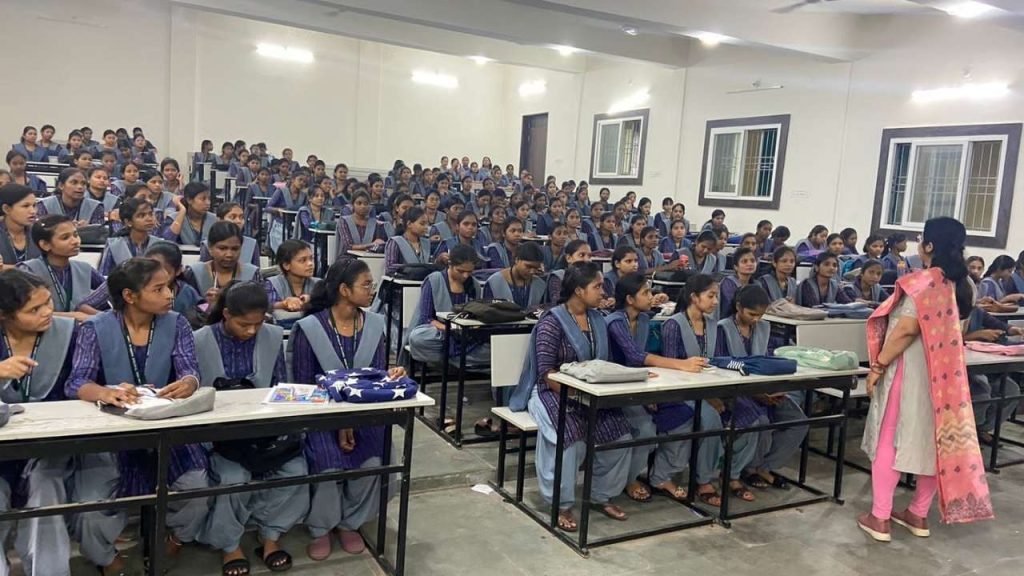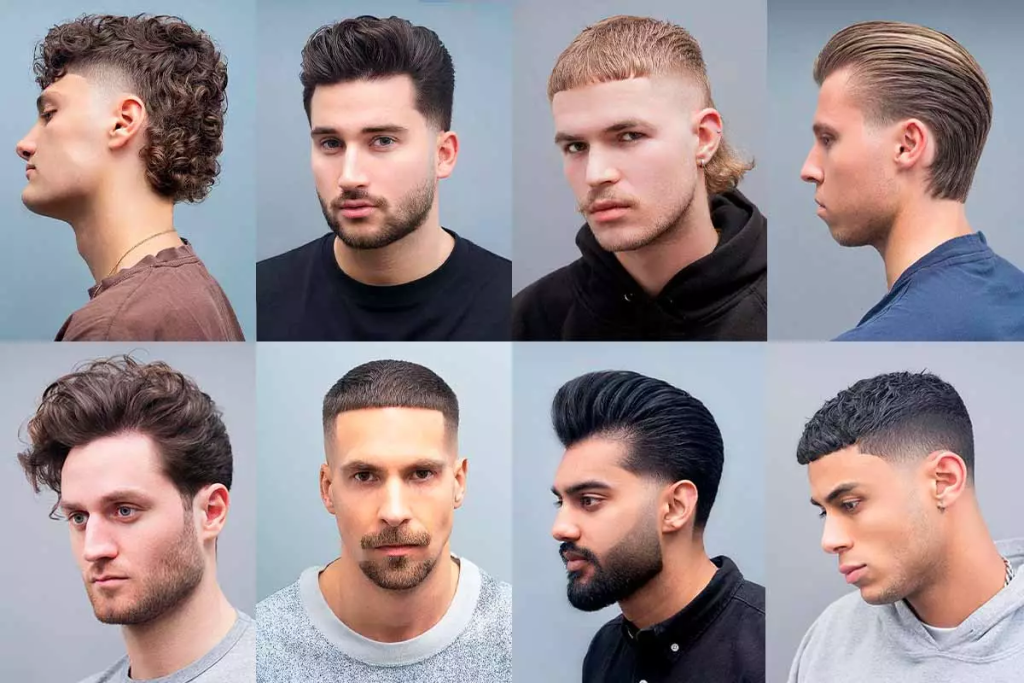In a bold move aimed at maintaining discipline, Sundargarh College in Odisha, India, has recently implemented strict dress codes for its students, including a ban on “odd hairstyles” and “narrow pants.” This new rule has stirred up quite the debate, touching on the balance between personal expression and institutional expectations. So, what’s behind this decision, and what does it mean for students, faculty, and the wider educational community?

In this article, we’ll dive into the Sundargarh College dress code policy, break it down step by step, and explore its implications for students. Whether you’re a student, educator, or parent, this guide will provide valuable insights into this new directive and help you understand its broader context.
Sundargarh College Bans ‘Odd Hairstyles’ for Students
| Key Point | Description |
|---|---|
| New Policy | Sundargarh College bans “odd hairstyles” and tight clothing for students Sambad English |
| Objective | The dress code aims to ensure discipline and maintain a focused academic environment. |
| Impact on Students | Students must follow the rules or face being denied entry to the campus. |
| Additional Guidelines | Students must wear simple, formal uniforms. |
| Student Reactions | Mixed responses from students regarding the restrictions on personal expression. |
The decision by Sundargarh College to implement a dress code that bans “odd hairstyles” and tight pants has sparked a wider conversation about the balance between personal expression and institutional discipline. While the rules are designed to maintain a formal, distraction-free environment, they raise important questions about the role of individuality in educational settings.
For students at Sundargarh College, it’s crucial to understand and adapt to the new rules to ensure a smooth and respectful college experience. Whether you agree with the policy or not, following the guidelines is essential to avoid penalties and create a positive, productive learning atmosphere.
As institutions across the globe continue to refine their approach to discipline and personal freedom, the conversation sparked by Sundargarh College’s decision is bound to resonate in many other educational settings.
The Story Behind Sundargarh College’s New Rule
Sundargarh College, a prominent educational institution in Sundargarh, Odisha, recently drew attention after enforcing a strict dress code. The new policy explicitly bans “odd hairstyles” and tight or short pants for male students. This decision, led by Principal Kulamani Sahoo, is based on a desire to maintain discipline and create a serious, academic atmosphere.
But why the sudden focus on appearance? Is it just about fashion, or is there more to it than meets the eye?

A Look at the Context
For many students, personal appearance is an important form of self-expression. Whether it’s a funky haircut or a unique style of dress, students often use their look as a way to stand out and showcase their individuality. In this context, the new guidelines may seem stifling. However, the policy’s supporters argue that it is a necessary step to create an environment focused on learning, free from distractions.
The directive comes after discussions with parents and guardians, many of whom raised concerns about the increasing disobedience from students. This focus on strict uniformity is not new—across the globe, educational institutions have often placed emphasis on discipline, but this particular directive has raised eyebrows because of its strict nature.
A Balancing Act Between Discipline and Freedom
As educational institutions around the world grapple with the question of individual freedom versus institutional guidelines, Sundargarh College’s decision is a bold attempt to find balance. While this approach may seem like a return to old-school values, it’s rooted in a broader movement in education, where schools and colleges work to maintain order while fostering respect for the institution and one another.
What Does This Mean for Students?
For students, this new rule means a few key changes. Those who typically express themselves through unconventional hairstyles (think mohawks, bright-colored hair, or shaved patterns) will now need to rethink their looks. The same goes for students who prefer wearing tight or excessively short pants, as the dress code enforces a more formal approach.
Here’s what students can expect moving forward:
- Hairstyles: Students will need to opt for more conventional, simple haircuts. No more flashy colors, bold cuts, or intricate designs.
- Uniforms: The college is pushing for a more formal style, with a focus on neat, presentable attire.
- Dress Code Compliance: If students do not follow the dress code, they may be denied entry into the institution.
This shift has sparked mixed reactions from the student body. Some argue that the rules are too restrictive and infringe on their right to self-expression. Others believe that it will help maintain the college’s reputation and foster a focused, disciplined environment for learning.
Sundargarh College Dress Code
If you’re a student at Sundargarh College or any other institution with a similar policy, here’s a straightforward guide to help you understand the new dress code and how to comply:
1. Understand the Rules Clearly
First and foremost, it’s essential to have a clear understanding of the dress code. Students are expected to wear neat, simple, and formal clothing. Here are some of the key points to keep in mind:
- Hairstyles: Gone are the days of unconventional haircuts. Stick to simple styles that maintain a professional look.
- Clothing: Avoid tight, short, or flashy pants. Aim for a classic, formal appearance.
- Uniforms: Ensure that your uniform is clean, ironed, and worn as per the college’s guidelines.
2. Know What to Avoid
In addition to understanding what is required, it’s important to know what’s not allowed. Here’s a breakdown of what students should avoid:
- Fancy Hairstyles: Think no mohawks, brightly colored hair, or intricate shaved designs.
- Tight or Short Pants: Keep it modest. Loose-fitting pants are the way to go.
- Excessive Accessories: Avoid large, flashy jewelry or anything that may be considered a distraction.
3. How to Prepare for College Entry
To ensure you can walk through the gates without any hassle, prepare for the following:
- Morning Check: Before leaving home, take a look in the mirror to make sure you meet the dress code.
- Plan Ahead: If you know you need to make any adjustments, give yourself time to prepare.
- Have a Backup Plan: If you don’t have a uniform, make sure you have an alternative option that fits the dress code.
4. Dealing with Non-Compliance
If you happen to slip up or forget the rules, you may be denied entry. Here’s what you should do:
- Stay Calm: If you’re stopped at the gate for non-compliance, don’t panic.
- Talk to a Faculty Member: Ask for clarification if you’re unsure about the specific issue with your attire.
- Respect the Authority: Always approach the situation with respect and a willingness to correct the mistake.
Yuvodaya Honors NEET and JEE Achievers: Celebrating Excellence in Education
Odisha’s Higher Education Institutions to Offer Skill-Based Degree Programs in 2025
Odisha Crime Branch Detains Rayagada Teacher in OTET Question Paper Leak Case
FAQs
1. What exactly does “odd hairstyle” mean?
An “odd hairstyle” refers to unconventional or extreme haircuts that may draw unnecessary attention. This includes brightly colored hair, mohawks, and any hairstyle that may be considered out of the norm for a professional environment.
2. Can I still wear casual clothes to college?
No, the dress code requires students to wear formal or simple attire. Casual clothes such as ripped jeans, t-shirts with logos, and shorts are not allowed.
3. How will the college enforce the dress code?
The college has installed signboards near the entrance and has made it clear that students will not be allowed entry if they do not adhere to the dress code. Faculty members will be tasked with enforcing this policy.
4. Are there exceptions to the dress code?
Currently, the dress code applies to all students without exceptions. However, students can discuss any personal concerns with the college administration for potential accommodations.





